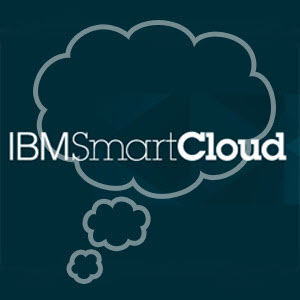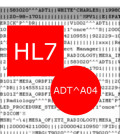Are EMRs Helping or Hurting?
Since the Meaningful Use incentives kicked off, there has been a flurry of implementations to take advantage of the available government funding. As of December 2012 approximately 10.3 billion dollars has been paid to over 180,000 hospital and physicians.
With such wide spread EMR adoption one gets the impression that these EMR systems are running and function as intended and patients and physicians alike are reaping the rewards. Is this really the case?
In 2005 the RAND corporation estimated the efficiency and safety improvements made with healthcare IT systems could save the U.S. healthcare system $81 billion a year. In fact this hasn’t been the case. Spending has actually gone from $2 trillion to $2.8 trillion with quality and efficiency subjectively improving only ‘marginally’. This is according to researchers Arthur L. Kellerman and Spencer S. Jones in a newly released RAND study.
With $27 billion in incentives available to those who demonstrate improvements in care qualify, I’m a little skeptical of some of the success cases.
Dr. Blackford Middle (director of clinical informatics research and development at Partners Healthcare System) made an excellent point when speaking to Information Week. He explained that hospitals and physicians have been installing EMRs, but not objectively measuring how effective and efficient they are. It’s time to take a step and take an inventory of what we have, what’s working and what isn’t.
One of the greatest benefits of EMRs is information sharing between systems, but ironically this has been the biggest sticking point and challenge with EMR implementations. Integration between systems is a huge challenge. Also is every hospital, clinic and physician adopting best practices? The data in all of these EMR databases is only as good as what is entered…garbage in…garbage out. If the quality of the data being entered isn’t maintained, there may be some unintended outcomes and negative consequences.
Some of these negative outcomes may not be immediately evident and may only begin to manifest after several months or years. There are so many EMR systems available, it’s hard to imagine that identical results would be produced no matter what system is used.
Mobile access is also exploding in numbers and types of applications. Opportunities are available for patients and physicians to update of modify their own EMRs. I wonder how dedicated and vigilant health centers are at cleaning, maintaining and monitoring the data going in.
I think it may be time to focus on quality not quantity…
Click here to read the Information Week article…









You must be logged in to post a comment Login